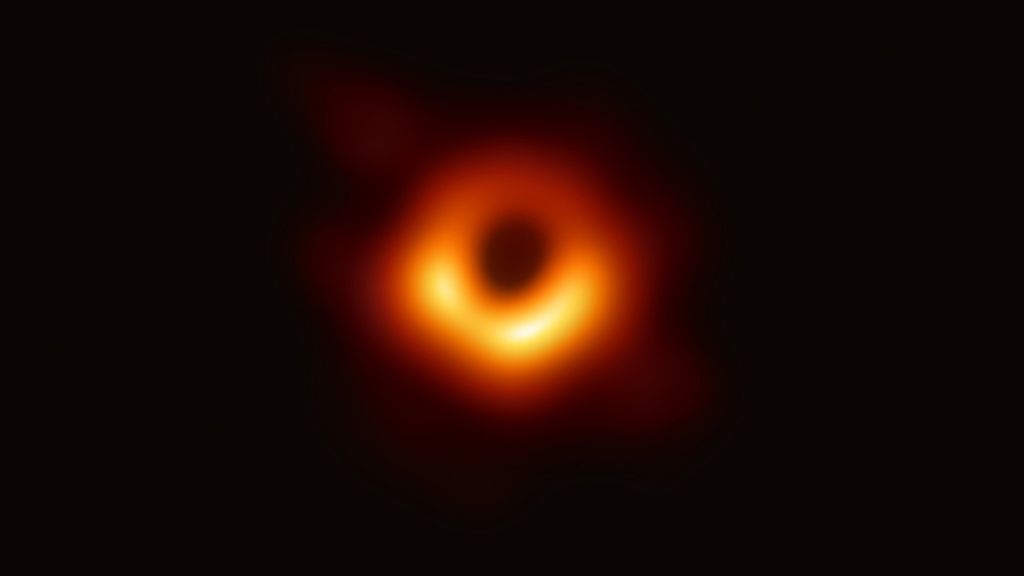First Image Of A Black Hole
Apr 13, 2019 • 6 views

This uprising was announced today in a sequence of six papers published in a special issue ofThe Astrophysical Periodical Letters. The image discloses the black hole at the center of Messier 87, a enormous galaxy in the nearby Virgo galaxy cluster. This black hole exist in 55 million light-years from Earth and has a mass 6.5 billion times that of the Sun.
The EHT links telescopes around the world to form an extraordinary Earth-sized virtual telescope. The EHT offers scientists a new method to study the most exciting objects in the Universe foretold by Einstein’sgeneral relativityduring the centennial year of the historic experiment that first definite the theory.
"We have taken the first picture of a black hole," said EHT project director Sheperd S. Doeleman of the Center for Astrophysics | Harvard & Smithsonian. "This is an extraordinary scientific feat accomplished by a team of more than 200 researchers."
Black holes are odd cosmic objects with massive masses but extremely dense sizes. The presence of these objects affects their environment in exciting ways, warping space-time and superheating any surrounding solid.
"If immersed in a bright region, like a disc of glowing gas, we expect a black hole to create a dark region similar to a shadow — something predicted by Einstein’s general relativity that we’ve never seen before," explained chair of the EHT Science Council Heino Falcke of Radboud University, the Netherlands. "This shadow, caused by the gravitational bending and capture of light by the event horizon, reveals a lot about the nature of these fascinating objects and has allowed us to measure the enormous mass of M87’s black hole."
Multiple standardization and imaging methods have exposed a ring-like structure with a dark central region — the black hole’s shadow — that persisted over multiple autonomous EHT observations.
"Once we were sure we had imaged the shadow, we could compare our observations to extensive computer models that include the physics of warped space, superheated matter and strong magnetic fields. Many of the features of the observed image match our theoretical understanding surprisingly well," remarks Paul T.P. Ho, EHT Board member and Director of the East Asian Observatory. "This makes us confident about the interpretation of our observations, including our estimation of the black hole’s mass."
"The confrontation of theory with observations is always a dramatic moment for a theorist. It was a relief and a source of pride to realize that the observations matched our predictionsso well,"elaborated EHT Board member Luciano Rezzolla of Goethe Universidad, Germany.
Creating the EHT was a difficult challenge which required advancement and connecting a worldwide network of eight pre-existing telescopes arranged at a variety of challenging high-altitude sites. These locations included volcanoes in Hawai`i and Mexico, mountains in Arizona and the Spanish Sierra Nevada, the Chilean Atacama Desert, and Antarctica.
The EHT observations use a technique called very-long-baseline interferometry (VLBI) which coordinates telescope facilities around the world and exploits the spin of our planet to form one huge, Earth-size telescope detecting at a wavelength of 1.3mm. VLBI allows the EHT to achieve an angular resolution of 20 micro-arc seconds — enough to read a newspaper in New York from a café in Paris.
